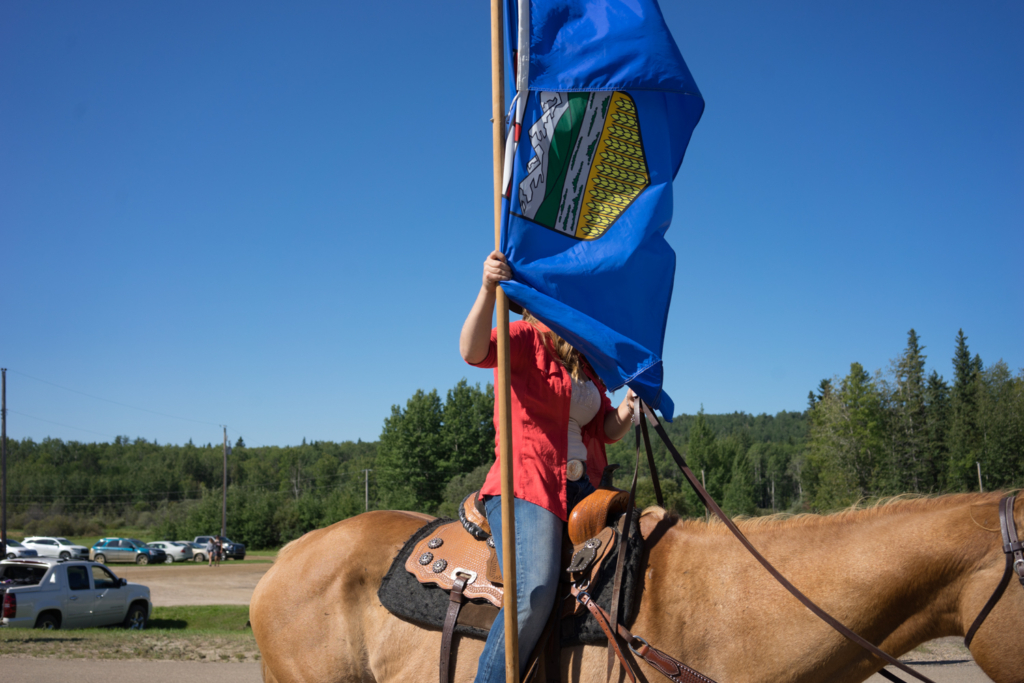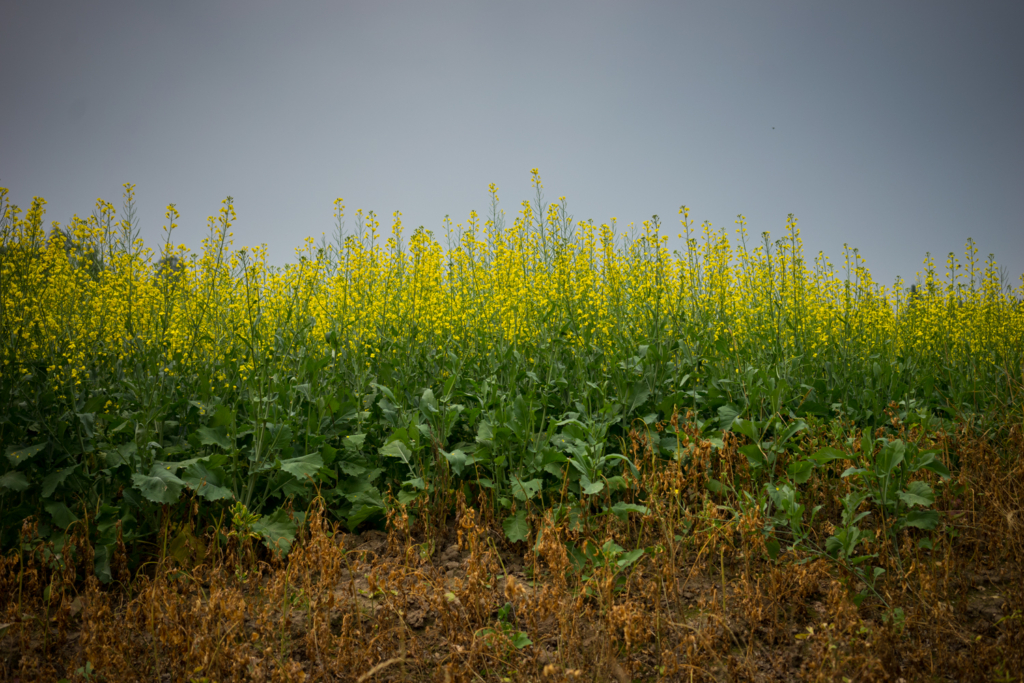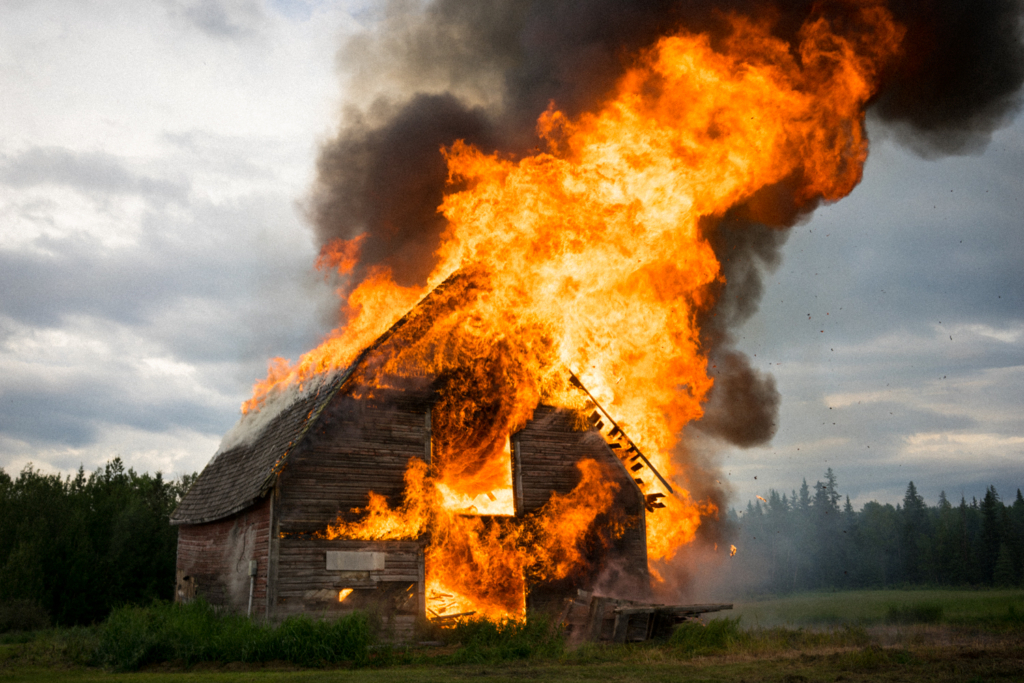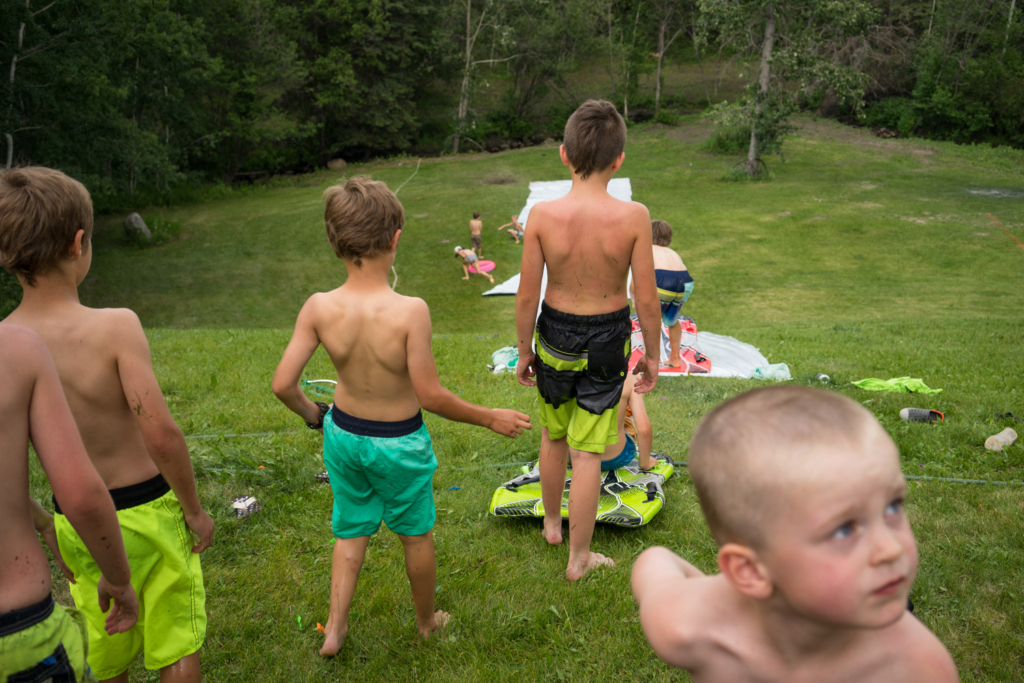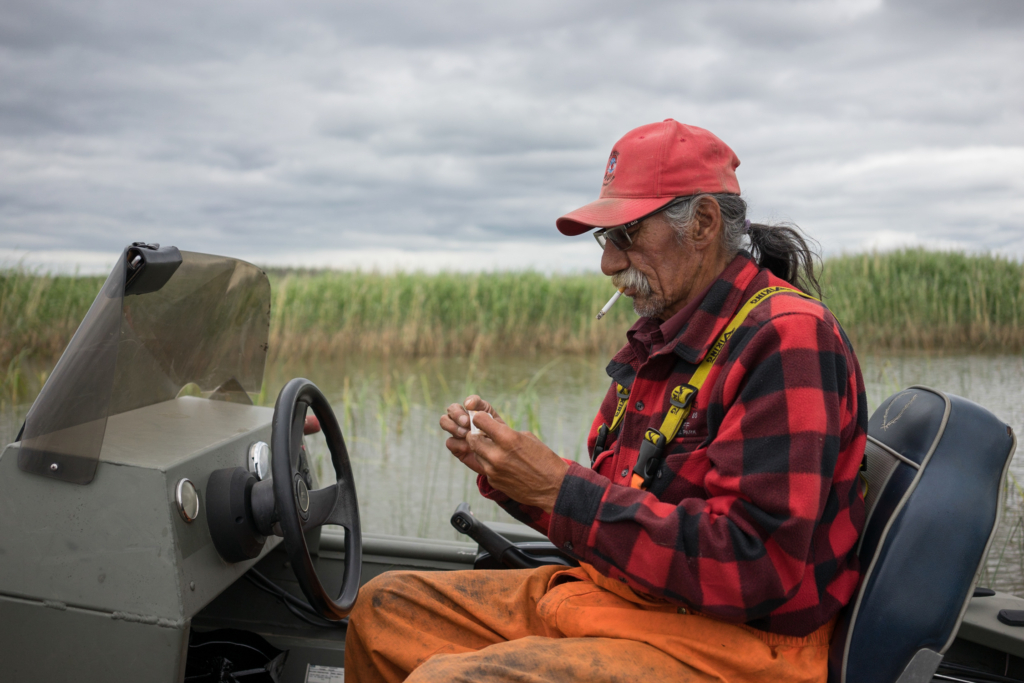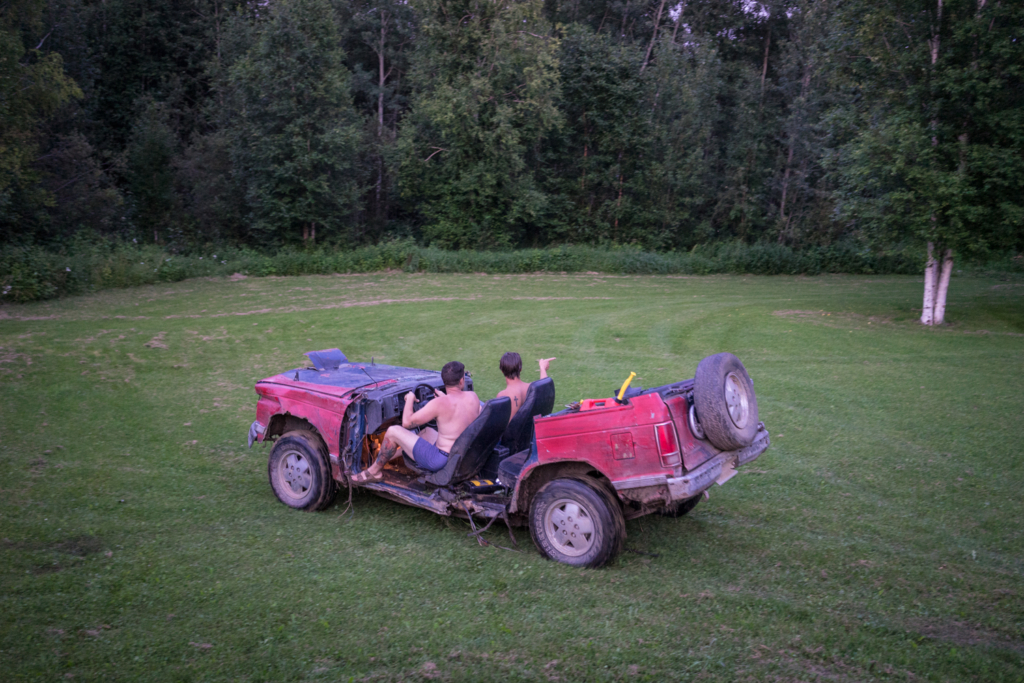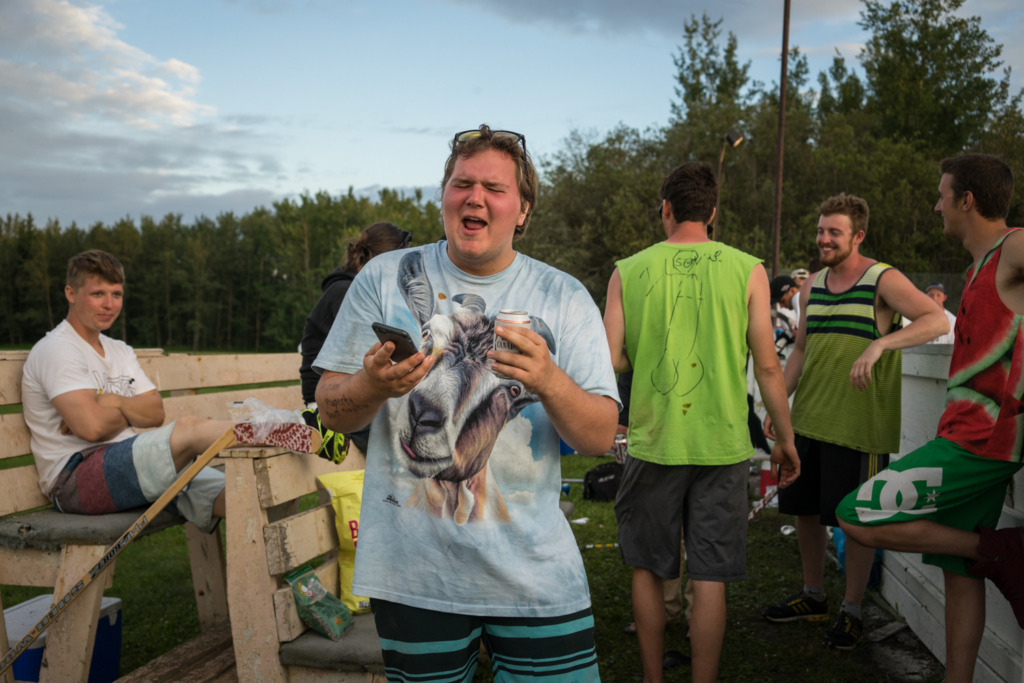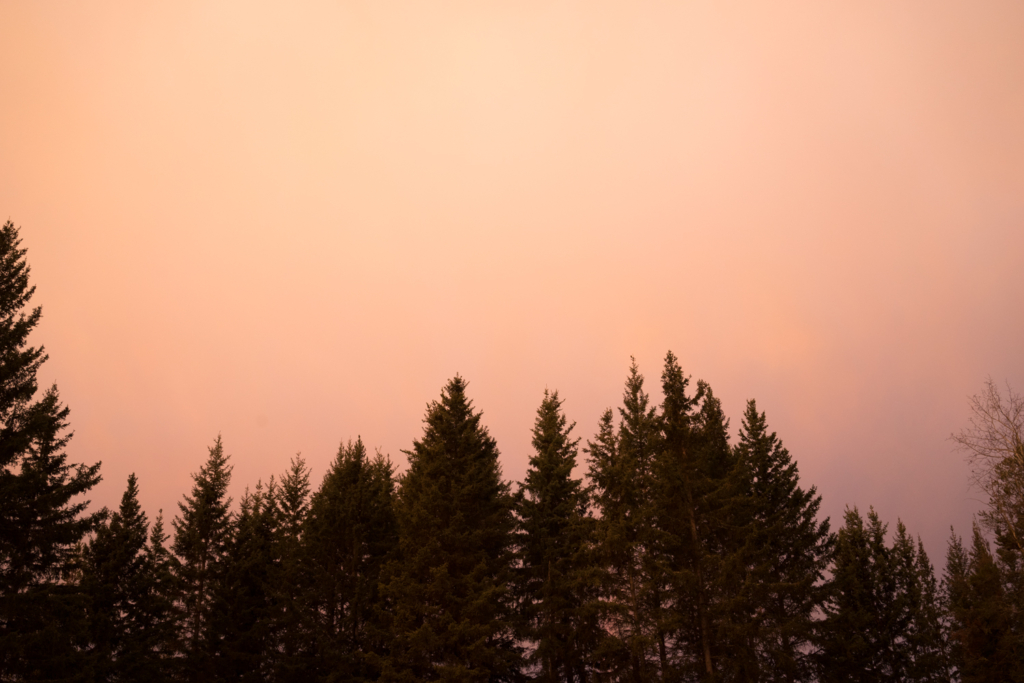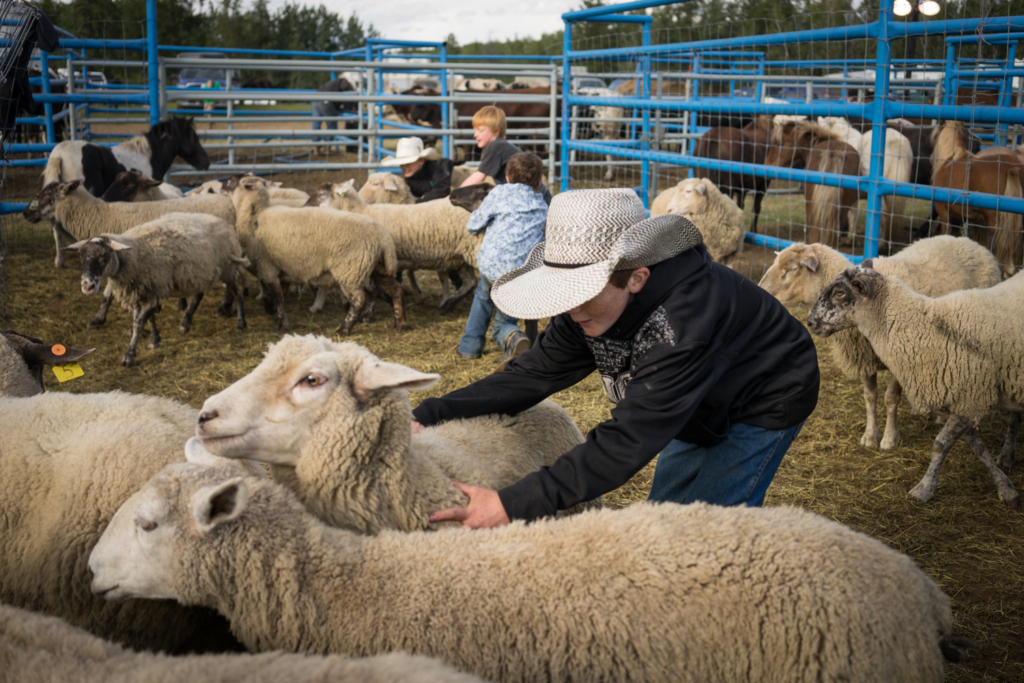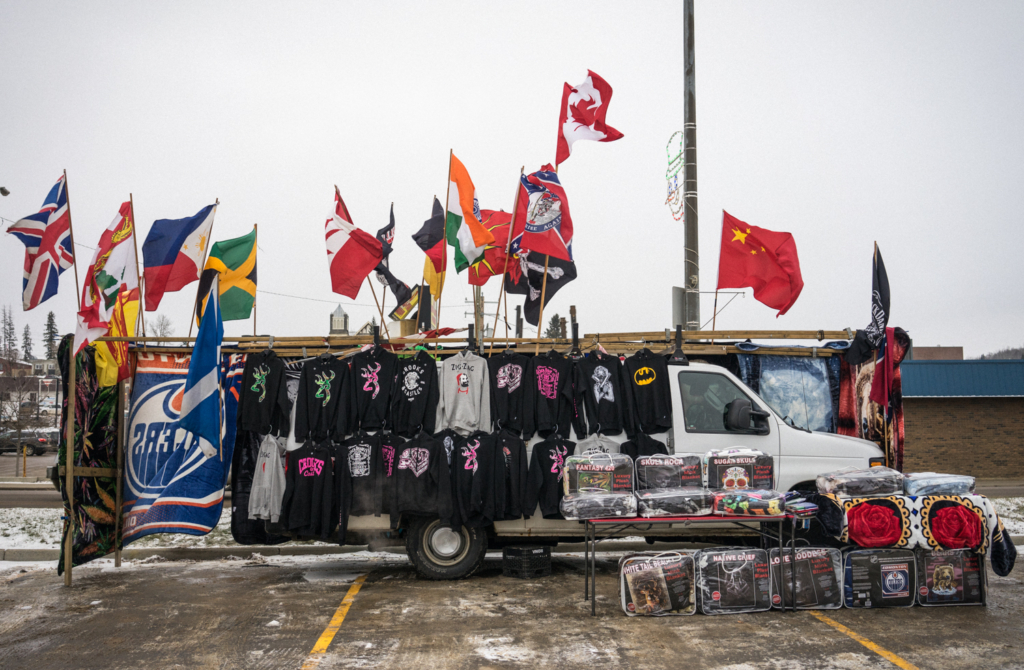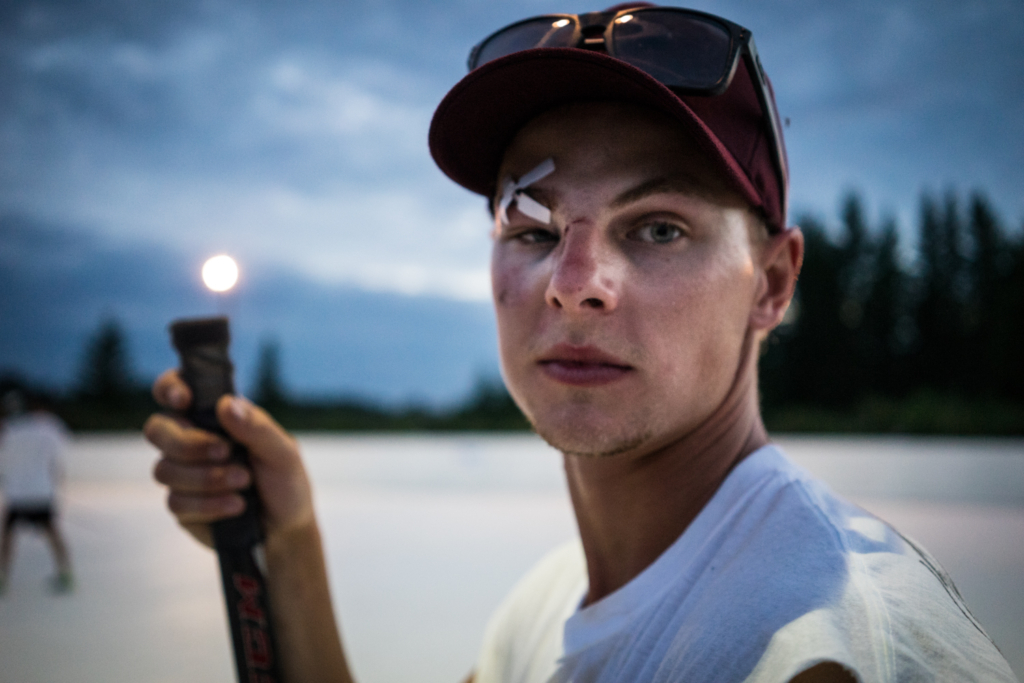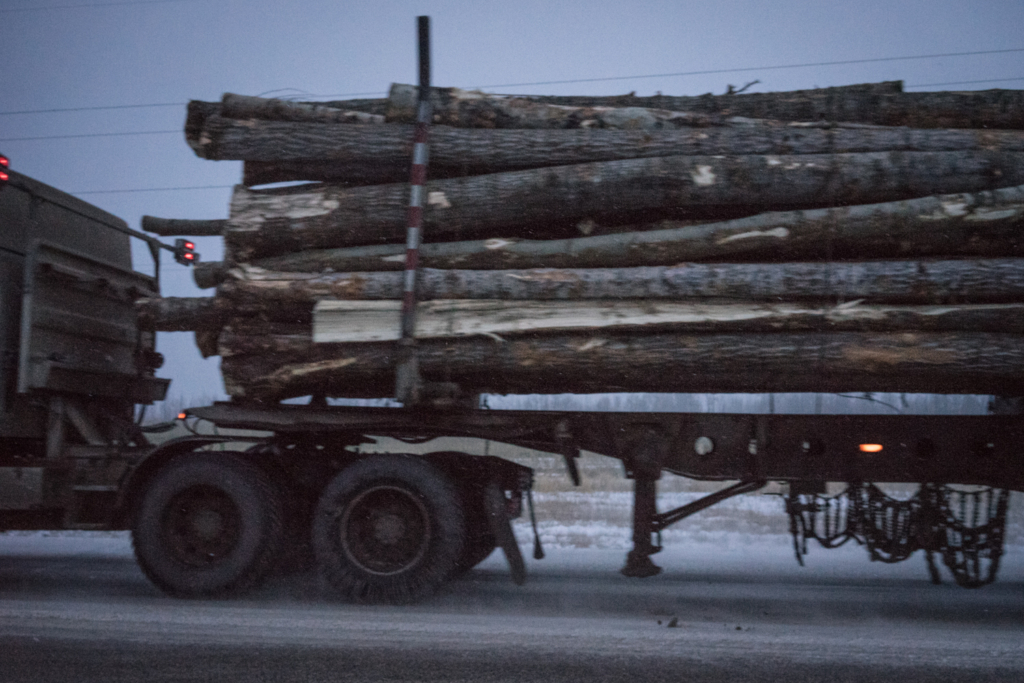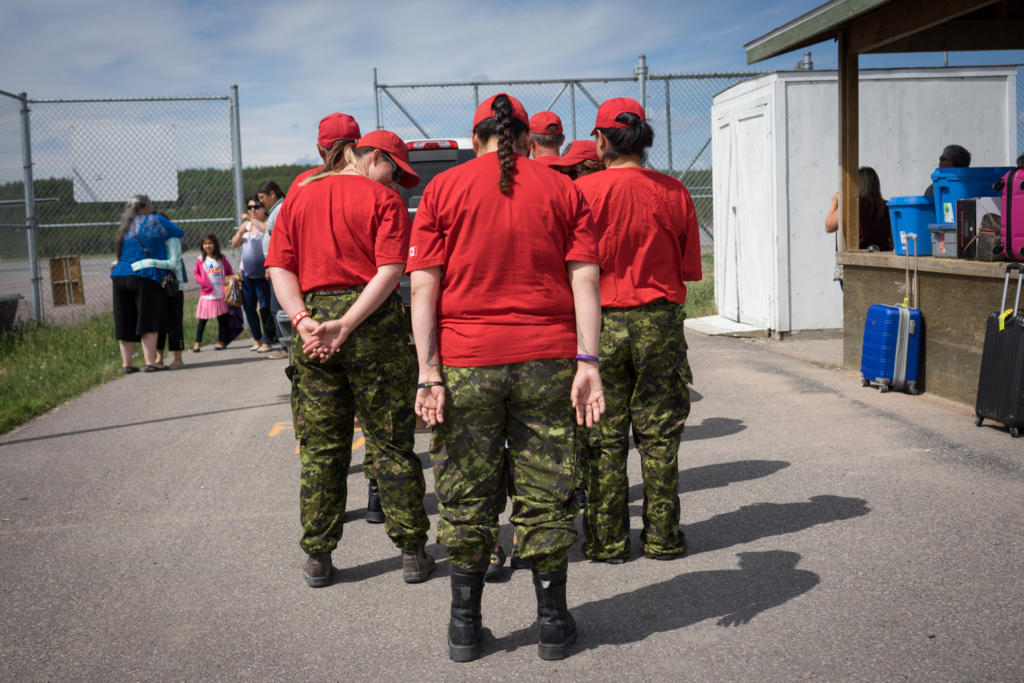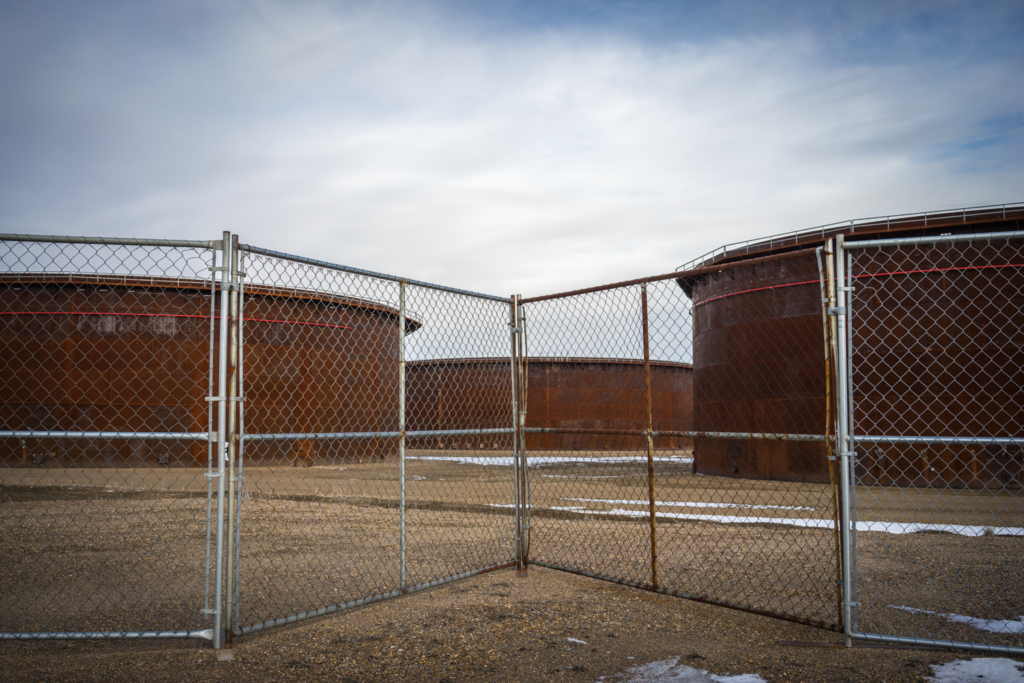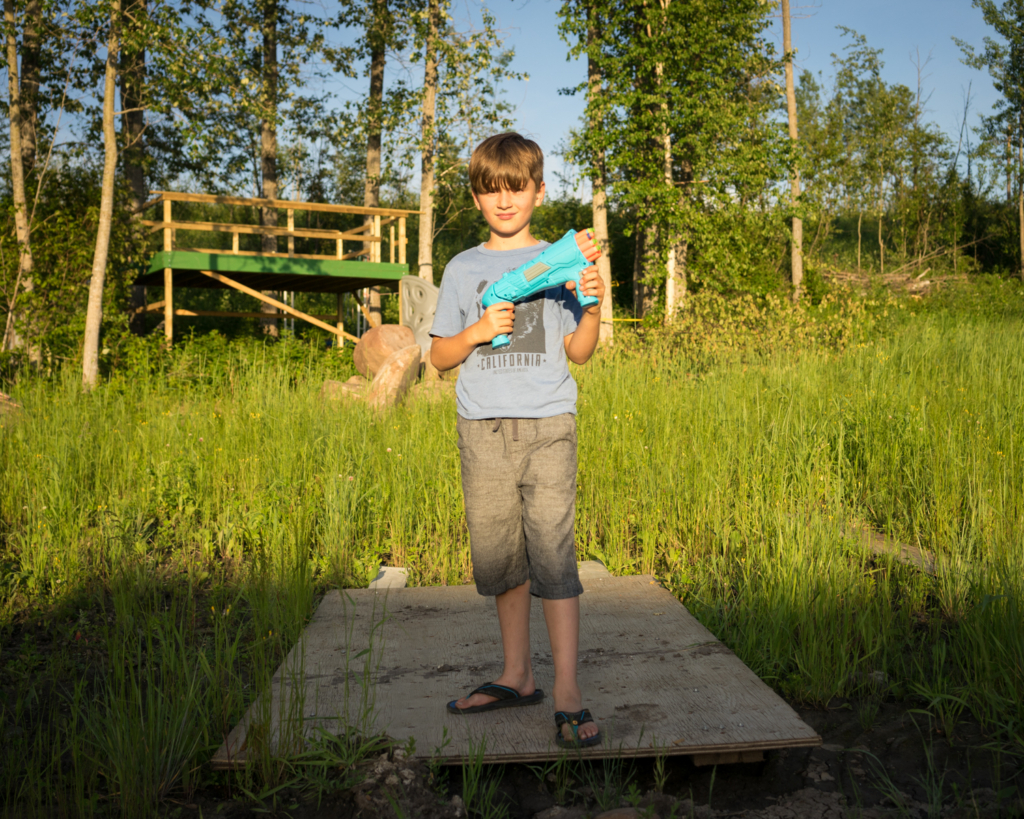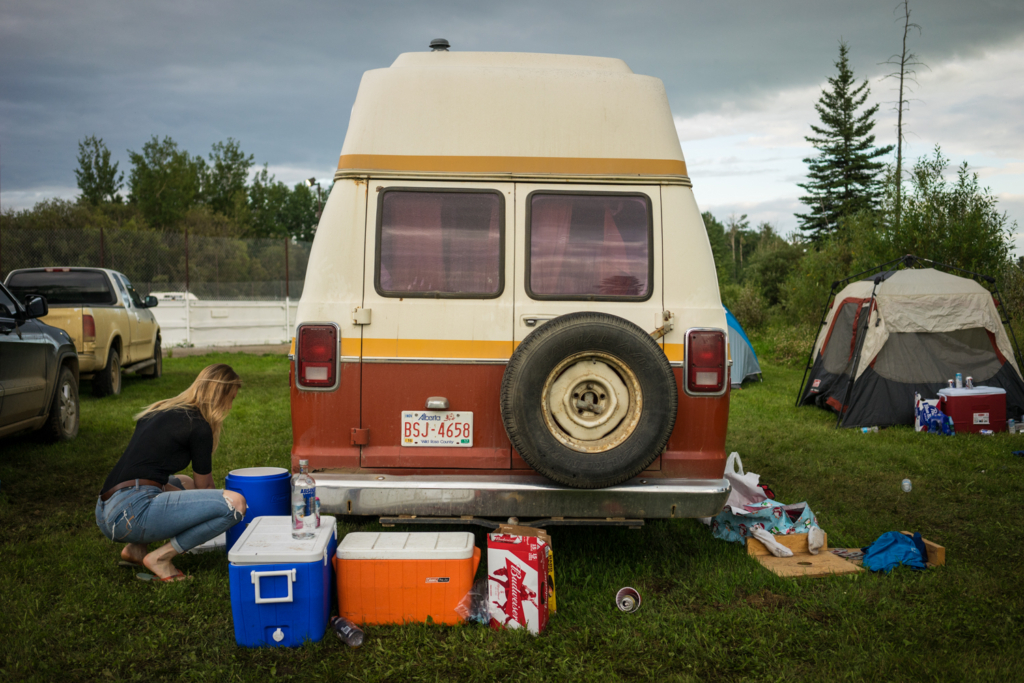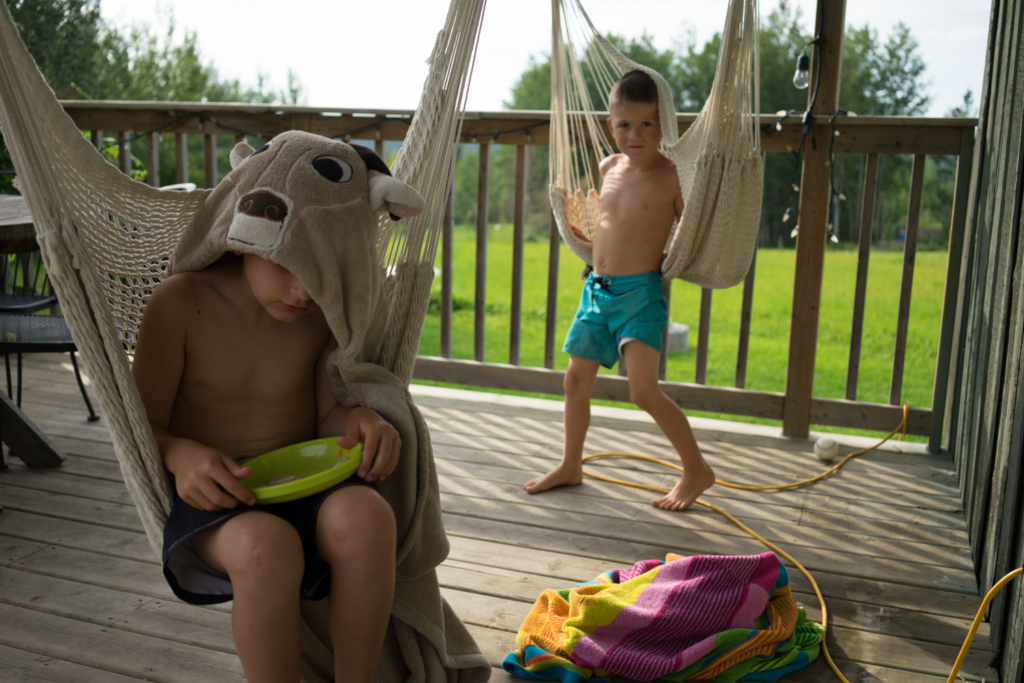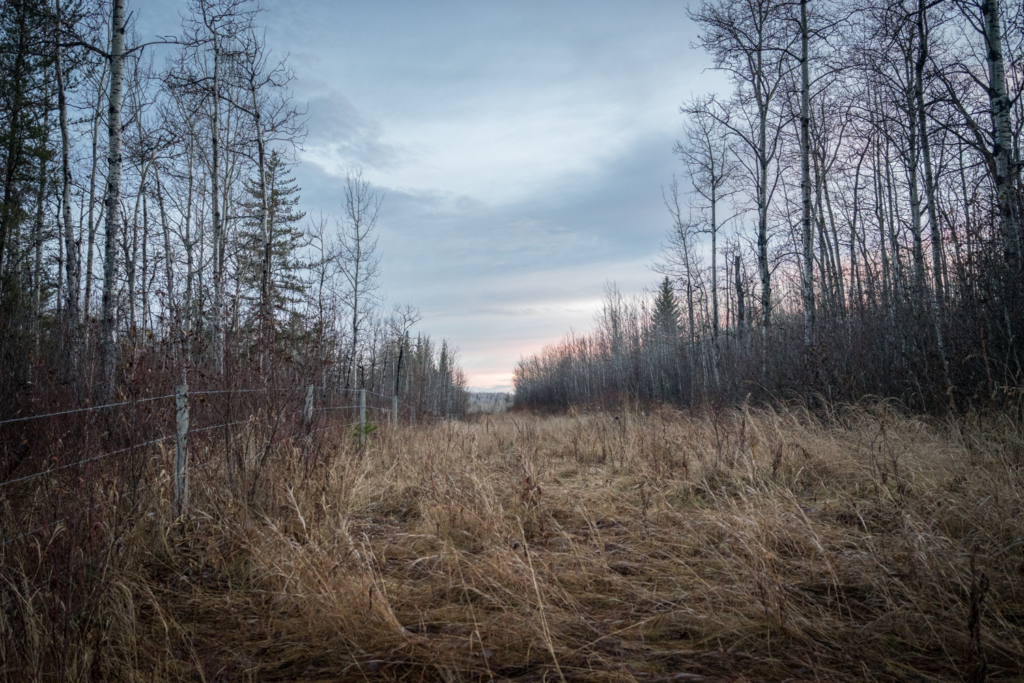Feels Like Coming Home: Life In Small Town Northern Alberta
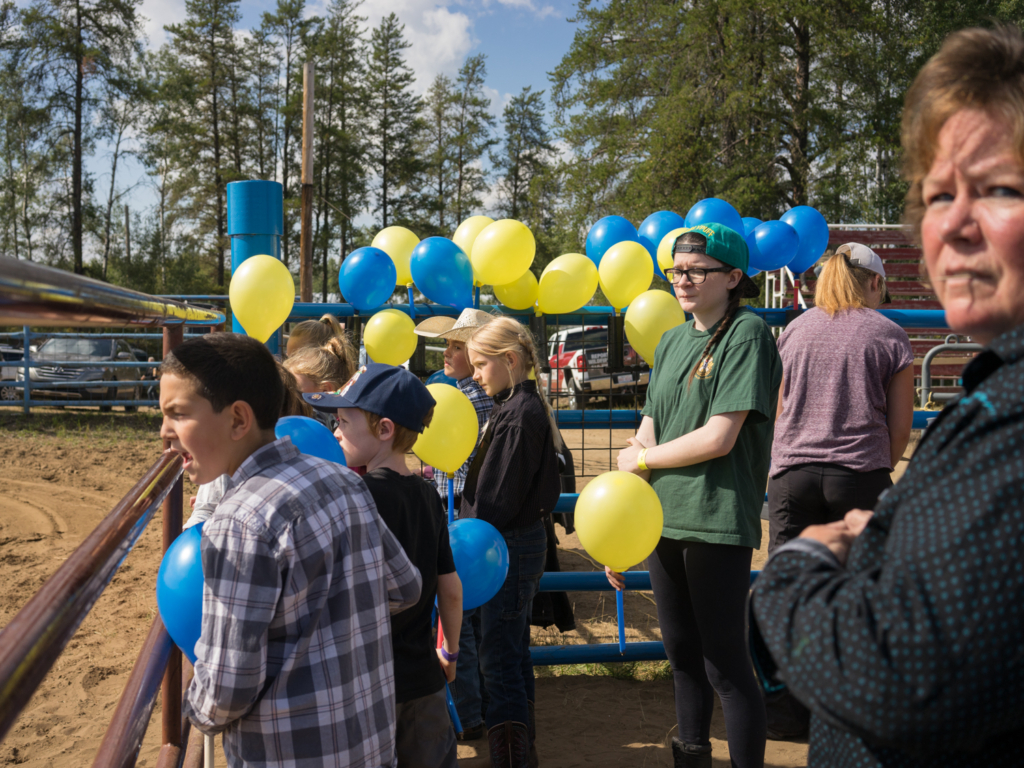
Feels Like Coming Home:
Life In Small Town Northern Alberta
I grew up in northern Alberta. Something about this place keeps pulling me back even after I left many years ago.
Distinctively not the “South” but not the “North” in Canadian terms, northern Alberta is not a place that people go out of their way to visit. Like all rural areas, there is a sense of place that is transmissible, or oddly familiar—but also strangely unique.
I was raised in the hamlets dotting the old railway bed along the Tawatinaw Valley. I went to high school in Athabasca, a town of 3000 people a thirty-minute drive north along the new highway. My experience growing up is more firmly rooted in landscape than it is in any urban structure. Yet, even in these natural spaces, there are few places left unaltered.
The Athabasca River, which runs from its source glacier in the Rocky Mountains through our town, reaches its final destination on the shores of Lake Athabasca, where the Cree, Dene, and Metis community of Fort Chipewyan lies. The fur trade, then the Treaty boundaries, and now our towns and roads follow these natural water routes and patterns of old time travels.
When people think about northern Alberta, they think of the oil sands. While oil and gas are certainly a big part of the area’s recent history, farming and forestry also feature heavily in the area’s landscape and lifestyles. Athabasca, whose name stems from the Cree word for an open or reedy area, was once considered the “gateway to the North” – an early economic hub of what eventually became the province of Alberta – because of its location along the river.
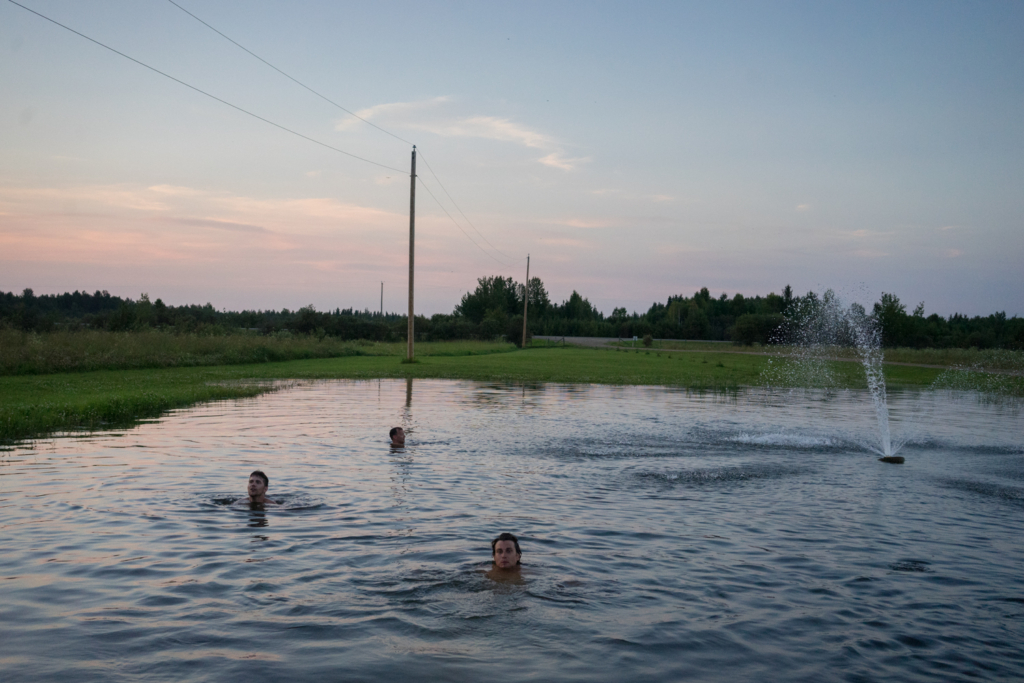
In the late 1700s the Athabasca River became the main source of transportation for the fur trade, then the Klondike Gold Rush, and eventually the first settlers and homesteaders. It’s one of the few areas of the province established prior to the railway, and it sits at the very bottom tip of Treaty 8 territory, which extends outwards into Saskatchewan, the Northwest Territories, and northern British Columbia.
This photographic diary started out as an exploration of the way this migration has altered the natural landscape, but it eventually evolved into an ethnography of my home and what it means to me: where I grew up, what life is like there, and the people who inhabit environments and economies that are increasingly polarized.
My sense of home exists in the tension between these natural and altered landscapes, shaped by a culture and economy based on primary resource development. It’s an evening walk truncated by a pipeline crossing, an ice road over a river, a forest of poplar planted for logging. Small towns webbed together by hundreds of miles of roads. The resources we rely on to be here. The reason we are here to begin with.
